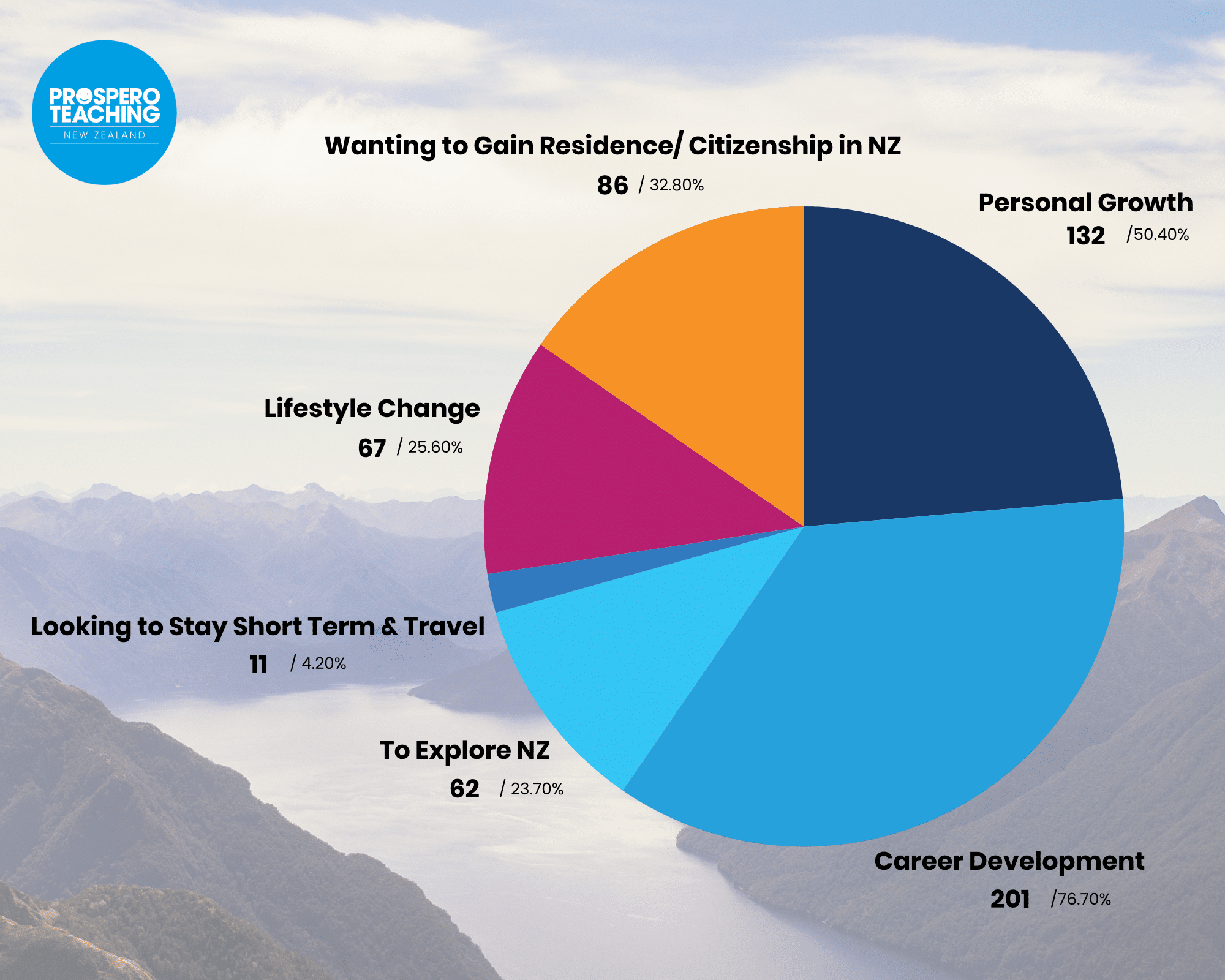Over the last 18 months, teachers across Australia and New Zealand have been balancing teaching remotely for large class groups with in-person classes for vulnerable children, those with SEN needs and the children of critical workers. Covid-19 has meant that we are effectively staging a large remote teaching experiment. In rural schools, even before the pandemic, teaching virtually has become a much-needed solution for providing relief teachers to classes at shorter notice.
It is likely that online teaching solutions will remain a regular part of education into 2022. Therefore, if it has become necessary for you to teach virtually, then it’s really to stay positive about and to prepare to make this as valuable a learning experience as possible for your students.
Prospero’s education recruitment consultant team is staffed by former qualified teaching professionals. Our specialist team reveal their top tips for online teaching jobs and digital lesson planning to help other educators through the pandemic.
Online Teaching Tips
Expectations for teaching online
You may have been asked to teach from home and provide students with clear lesson resources. Here are a few things you should keep in mind when you’re teaching from home:
- Most importantly, you are still expected to meet the Teacher Standards in either Australia or New Zealand. That means you are still expected to create a safe learning environment, prepare concrete lessons plans containing clear lesson objectives, whilst keeping on top of marking and administration, etc.
- You are still representing the school, even while teaching from home, so refer to and uphold the school policies.
- Which tools and resources will you be using? (On our UK site, we have a blog with plenty of resources that you can use for your online lessons.)
- Think about the lesson objective and what you want the students to learn or achieve. Make sure there is a clear purpose for each of your tasks that relates to the learning objective.
Planning for online lessons
- Get familiar with the software – Whether you’re using Google Classroom, Schoology, Zoom, or your school’s own VLE, no matter the platform, know the basics. Make sure you know how to post resources, share documents, broadcast your PowerPoint (if necessary), and keep students safe during lessons.
- Long term planning – Discuss with colleagues the most important items that need covering. You will most likely have to divert many revision activities onto the students themselves, but it is worth weighing up content coverage and exam technique in order to maximise lesson time.
Lesson Structure
- Keep the structure of a lesson in mind:
- A starter activity will get the students thinking about the topic
- Structure your lessons around the main task. Remember that students will learn best by doing the work, rather than passively listening or reading.
- Think about ways to assess their learning: how will you know that they are getting closer to achieving the learning objective?
- Have a plenary as well to end the lesson with and to check whether they have achieved the learning objective.
- You will need to think of ways to differentiate the work for the students. How can you make sure that the more able students are still being challenged and that all students are supported to achieve the same learning objective?
- Think about problem areas – especially in distance learning it will be important to avoid misunderstandings. When preparing your lessons, have a think about what the students might struggle with or not understand and be prepared to address this.
- It might be a lot harder to motivate students in distance learning: think about ways to keep them motivated and engaged in the activities! Praise them for their hard work during this time. Additionally, at the end of the week reward them with a funny quiz or a more relaxing/fun activity.
- For most, online teaching will not feel natural – don’t panic if a lesson doesn’t go as planned or doesn’t have the desired effect. Reflect on how you could have done things differently and try implementing new strategies in future lessons. More than ever before, we must be adaptable and responsive to support our students.
Lesson Delivery Advice for Teaching online
Here are some practical tips to consider for teachers who are adapting in-person strategies to teaching virtually.
Teach, Don’t Lecture
You may be tempted to send the students lengthy PowerPoints or information sheets, but you wouldn’t do that in a normal lesson, so why do it now when they have even more distractions at home? Make sure that you have:
Plan to use Modelled Examples
If you frequently rely on certain spontaneous strategies, like writing up examples or quickly drawing diagrams, think ahead to the possible examples you might need in each lesson and have them readily available. This can be as simple as typing up a few model answers or annotations in advance, or pre-drawing diagrams on spare paper.
Maintain Consistency & Normality
Does your lesson normally start with a specific starter activity? Does your school have a set way of writing Learning Objectives or Success Criteria? It may seem as though these are the least of your worries, but sticking to this consistency will provide familiarity and comfort for your students.
Clear Objectives
Amid the excitement and confusion of online learning, a clear learning objective is now more important than ever for both the students to control their learning and for you to focus on exactly what you want the session to cover.
Choose Suitable Activities
The students will not learn simply by having access to the information. Your job as the teacher is to create a learning experience for the students. This can be tricky when teaching online, however, you need to think about how the students will interact with the content. Use worksheets, quizzes, past exam questions, etc. to engage students with their learning.
Assessment for Learning
Assessing student work may be difficult ‘live’ when online. Use clear ‘success criteria’ for each activity which can be seen in a modelled example which you revisit at the end of a session e.g. ‘This piece of writing has met the success criteria in this sentence. Have a look at your writing, do you think you have you met this part of the learning objective? Tick this off on your success steps checklist if you’re feeling confident.’
Use Reference to Support Home Learning
By making sure you refer to exam specifications and pages of textbooks or revision guides you both provide extra support for students, along with reinforcing the importance of your lessons.
Managing Misbehaviour
You also need to establish how you can deal with any inappropriate behaviour from students. Speak to your school about what policies are in place to report and deal with such behaviour. Ensure that misbehaviour is followed up with parents, carers or senior members of staff.
For high school online teaching:
We’d recommend covering keywords and key skills for your subject as well as numeracy and literacy tasks. Plan your sessions around the objectives that have not yet been met or covered by students. If possible, share these objectives as ‘Personal Learning Checklists’ (they might already be in use in your school!) for students (and parents!) to see the areas of learning that are in focus.
Set your students’ homework tasks regularly but approach each session ready to cater to those students that have not completed the homework set by revising and recapping at the start of each session.
Posing challenge questions when revising an activity will ensure that all children have their learning pushed forward. For KS3 many teachers are planning ‘learning menus’, not unlike the ‘takeaway homework menus’ that some use. This includes a list of activities that students can complete in line with what they would have studied in class. Key information is provided and then a task set.
Extra Online Delivery tips to think about:
- Clarity of instructions. Make your instructions simple to understand, as you are not there to clarify to individuals.
- Keep it simple. If a task seems too long-winded or complex, students may just ignore it with a: “I didn’t understand”. Think about scaffolding larger tasks by breaking them down into smaller activities and providing clear structure and modelling.
- Set manageable tasks. Avoid setting tasks that add little learning value and may not be accessible to all students. Not all students can create model castles and volcanoes – so try to resist, humanities teachers!
Are You Looking For Your Next Teaching Position?
Prospero are helping teachers find their next teaching role throughout the pandemic – browse our latest education vacancies. Alternatively, register your interest in teaching jobs.




